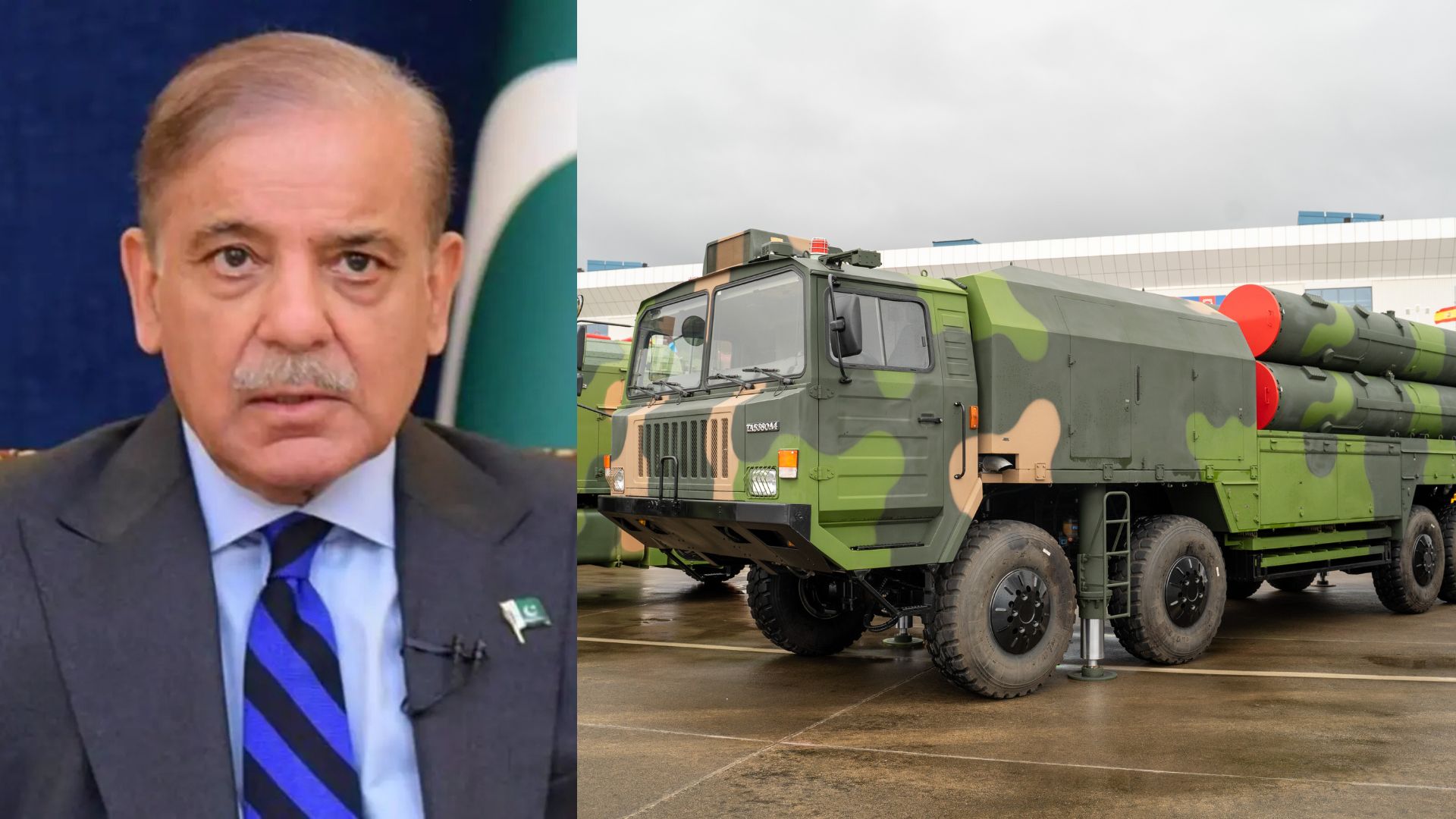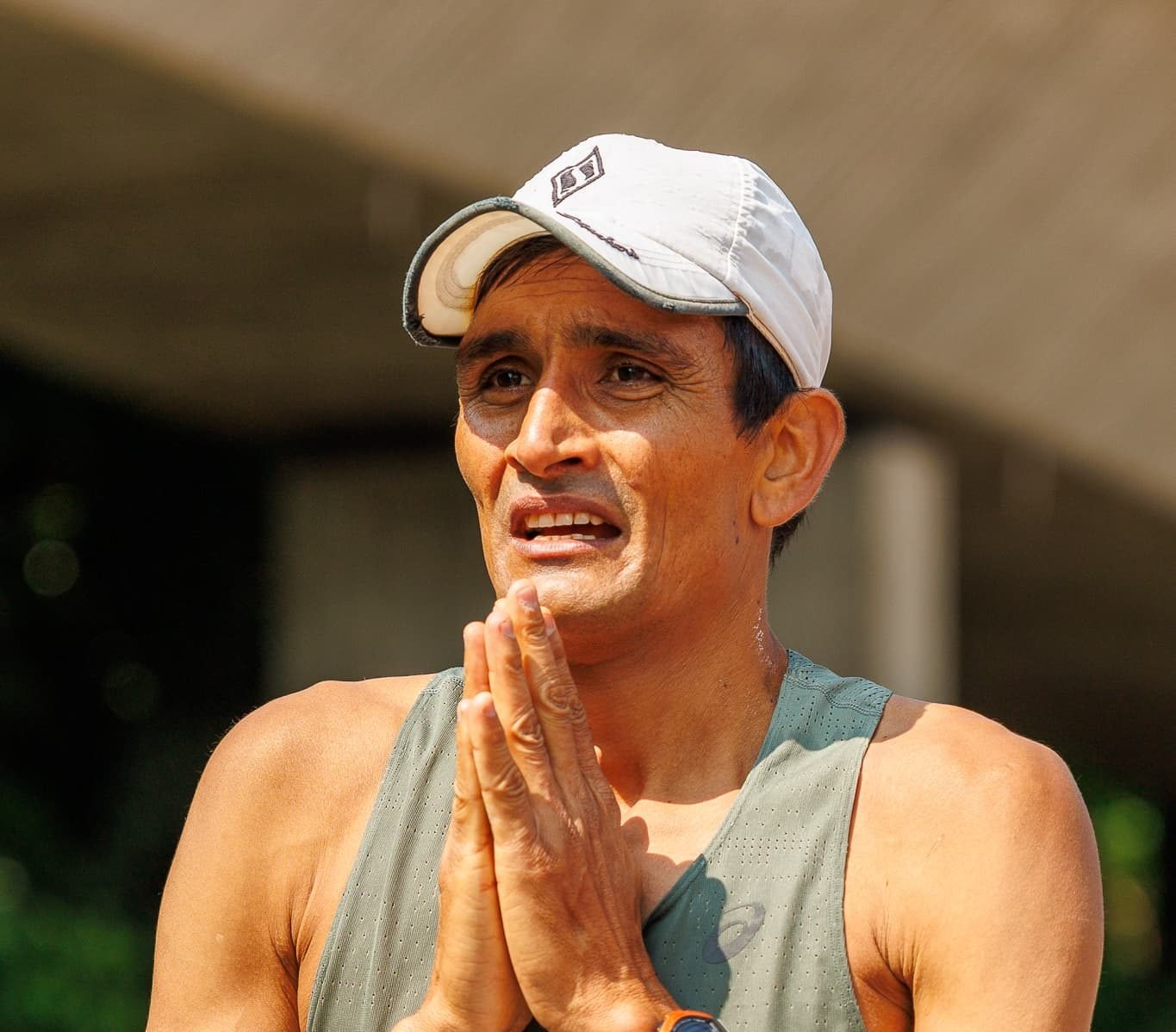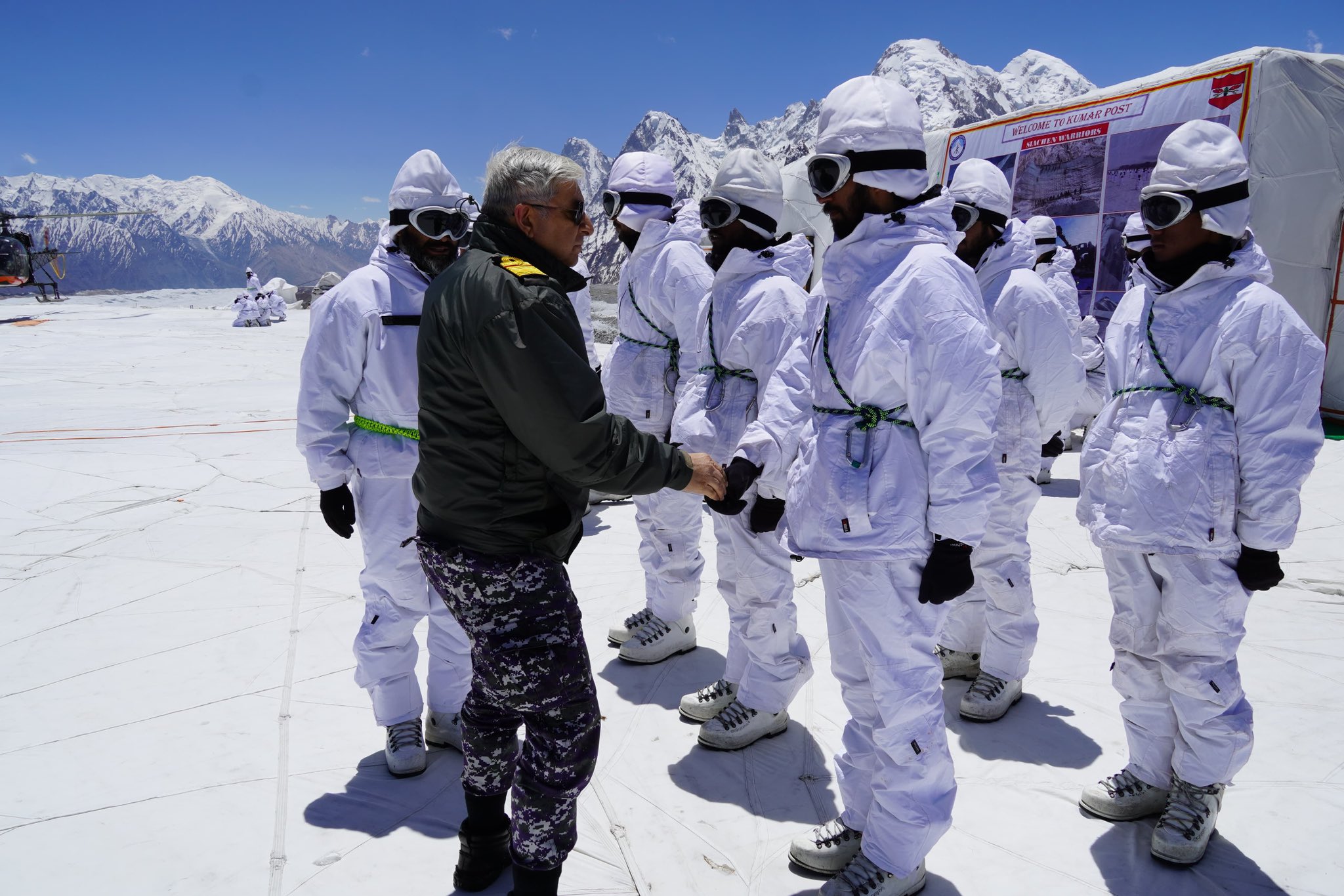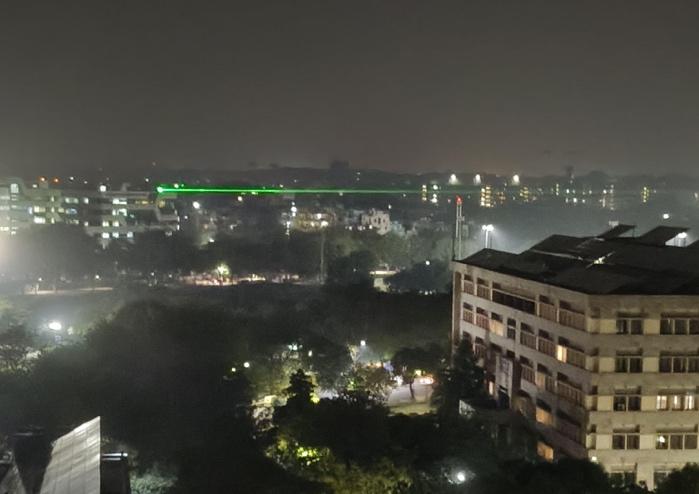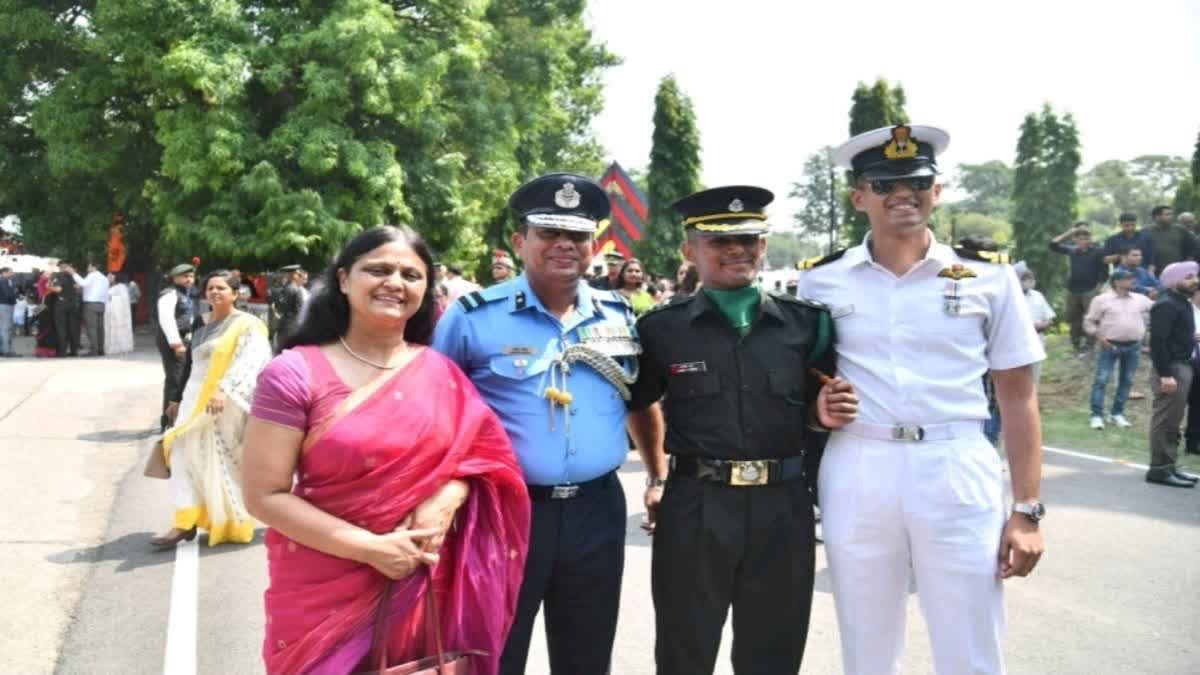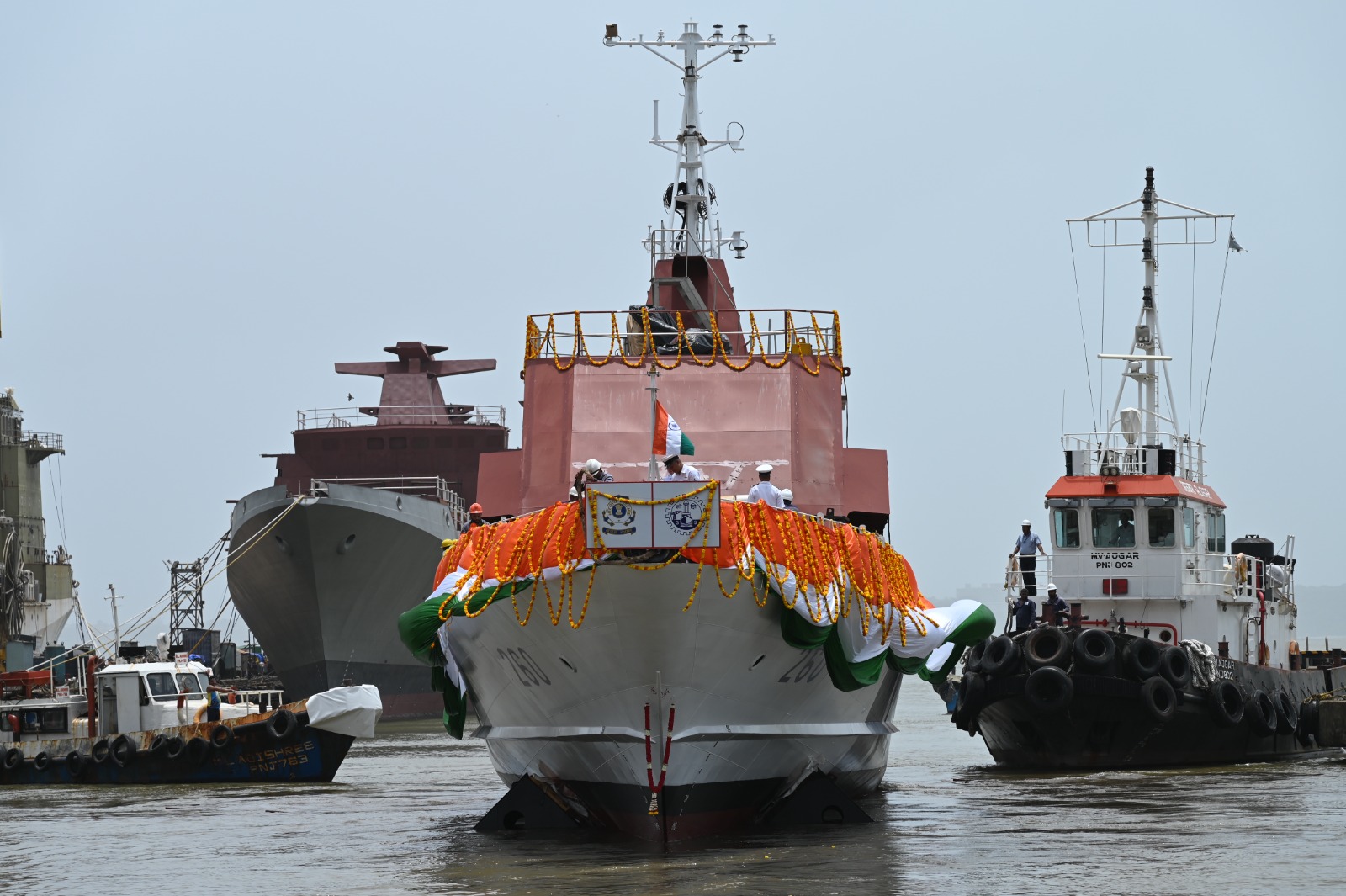Pakistan Deletes Tweet Claiming Chinese HQ-19 Missile Defense Deal After False Claims Spark Embarrassment
Pakistan’s official government social media account has deleted a tweet that claimed China would sell its advanced HQ-19 Ballistic Missile…
Subedar Sandeep Kumar Wins Silver at Austrian Race Walking Championship
Subedar Sandeep Kumar of the Indian Army’s 16th Battalion, The Jat Regiment under the Gandiv Division, secured a silver medal…
Surg Rear Admiral Vivek Hande Concludes Ladakh Corps Visit with Focus on High-Altitude Medical Support
Surg Rear Admiral Vivek Hande, Senior Consultant (Medicine) at the Office of the Director General Armed Forces Medical Services (DGAFMS),…
India Achieves Breakthrough in Quantum Secure Communication with DRDO-IIT Delhi Collaboration
India marked a major milestone in quantum technology on June 16, 2025, as the Defence Research and Development Organisation (DRDO)…
Navad Family Makes History with One Member in Each Wing of the Armed Forces
In a proud moment that highlights tradition, service, and national pride, the Navad family from Bengaluru has earned a rare…
Fifth Fast Patrol Vessel ‘Achal’ Launched by Goa Shipyard for Indian Coast Guard
‘Achal’, the fifth Fast Patrol Vessel (FPV) in a series of eight being built by Goa Shipyard Ltd (GSL) for…

